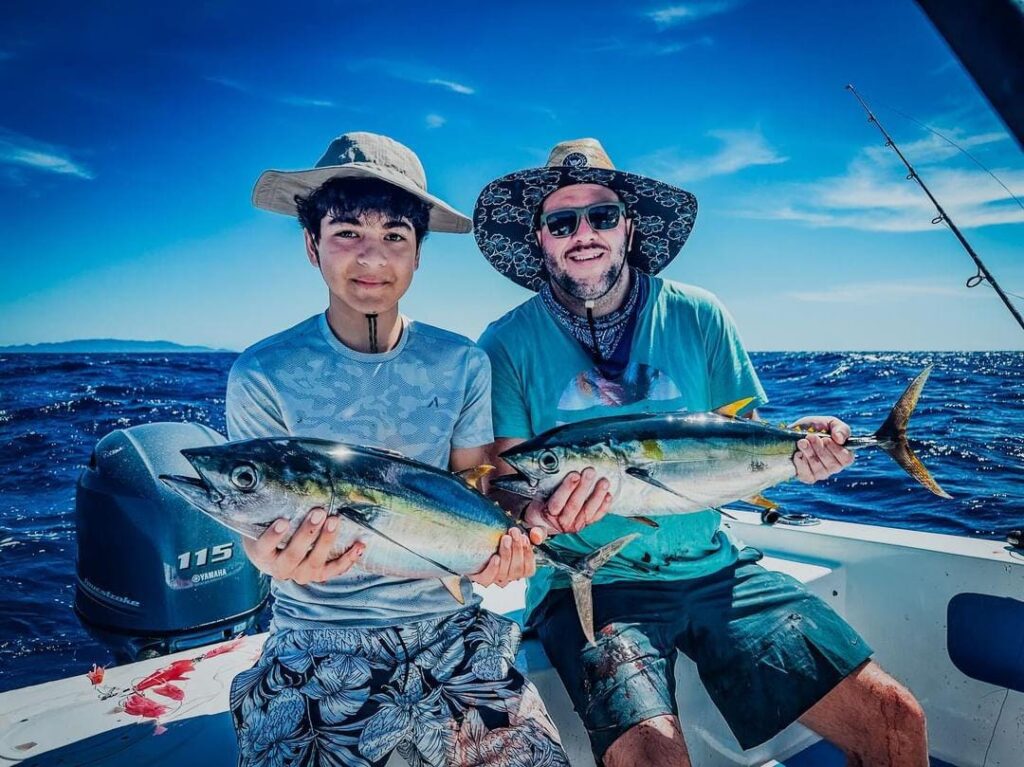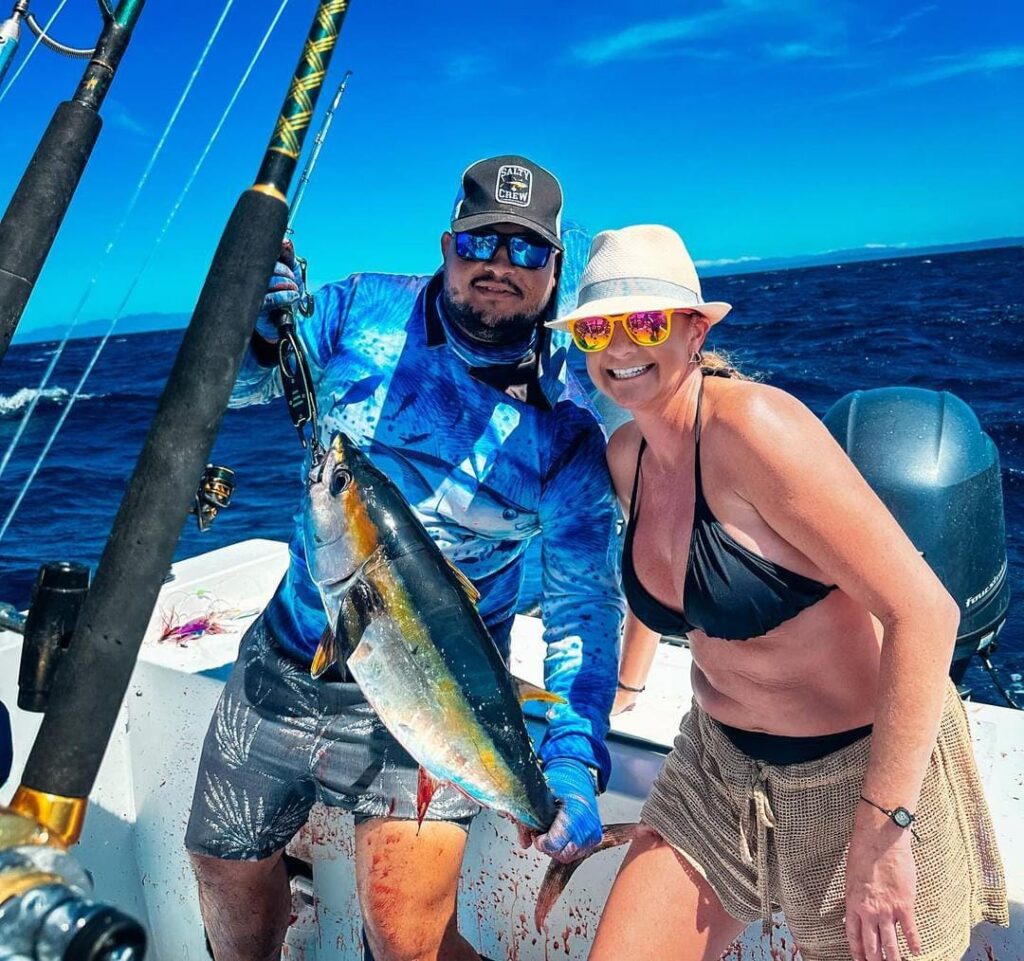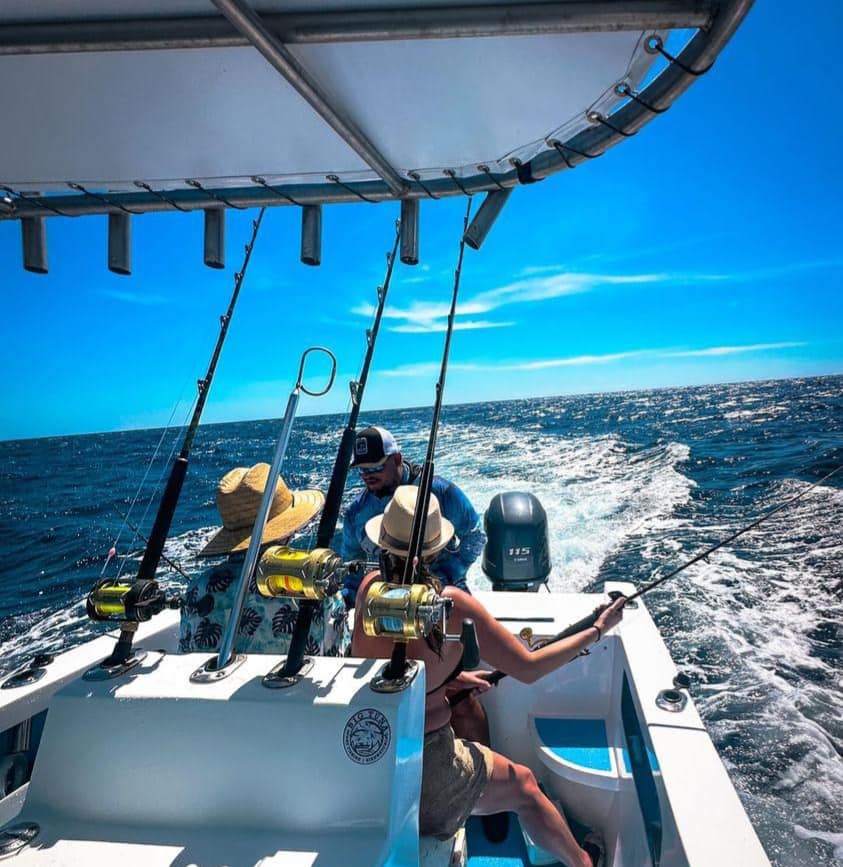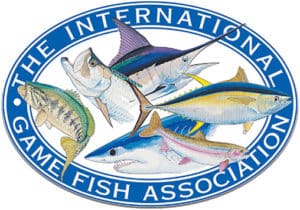Understanding Costa Rica’s Fishing Environment
Costa Rica offers a diverse and abundant fishing landscape, making it a prime destination for anglers around the world. The country’s unique geographical features, with coastlines on both the Pacific and Caribbean, provide a rich habitat for a variety of fish species. To make the most of your fishing trip, it’s crucial to understand the local environment and how it affects fish behavior.
Fishing in Costa Rica can be broadly categorized into inshore and offshore fishing. Inshore fishing typically involves lighter tackle and smaller boats, targeting species such as roosterfish, snapper, and sea bass. Offshore fishing, on the other hand, takes place further from the coast and targets larger species such as marlin, sailfish, and tuna. Each type of fishing requires different techniques, baits, and equipment.



The country’s diverse marine ecosystems, including mangroves, reefs, and open ocean, are home to a wide range of species. Understanding these habitats and the seasonal movements of fish is key to a successful outing. For example, the rainy season often brings nutrient-rich waters, which can lead to an increase in baitfish and, consequently, predator fish.
Selecting the Right Gear and Tackle
Choosing the appropriate gear is essential for a successful fishing trip in Costa Rica. The type of gear you’ll need depends on the species you’re targeting and the fishing method you plan to use. For inshore fishing, lighter rods and reels are often sufficient, while offshore fishing typically requires heavier, more robust equipment capable of handling large game fish.
When it comes to tackle, it’s important to have a variety of options. Different fish species have different preferences for bait and lures. Live bait, such as sardines or mullet, can be highly effective for many species, while artificial lures may be better suited for others. It’s also important to have a range of hook sizes and types to match the bait and the targeted fish.
For those new to fishing in Costa Rica, it may be beneficial to hire a local guide or charter service. These experts can provide valuable insights into the best gear and tackle for the area, as well as offer tips on technique. CR Fishing Charters, for example, offers guided trips with experienced captains who can help anglers of all skill levels improve their chances of a successful catch.
Best Fishing Techniques for Costa Rican Waters
Employing the right fishing techniques can greatly enhance your success rate in Costa Rican waters. Techniques such as trolling, jigging, and fly fishing are all popular and effective methods. Trolling involves pulling lures or baited lines behind a moving boat, which can be particularly effective for catching species like marlin and sailfish. Jigging, which involves moving a lure vertically in the water, can be a good technique for species like amberjack and grouper. Fly fishing, which requires a specialized set of skills and equipment, is a favorite among anglers targeting tarpon and snook.
It’s also important to consider the time of day when planning your fishing strategy. Many species are more active during the early morning or late afternoon hours, making these times ideal for fishing. Additionally, paying attention to the tides can provide clues as to when fish are likely to be feeding.
Understanding the behavior of the fish you’re targeting is also crucial. For example, roosterfish are known for their aggressive strikes and are often found near shorelines and rocky outcrops. Knowing where and how to look for these fish can make all the difference in your fishing experience.
Identifying Prime Fishing Spots in Costa Rica
Costa Rica boasts numerous fishing hotspots, each with its own set of characteristics and resident fish species. Some of the most renowned locations include the Gulf of Papagayo, the Central Pacific region, and the South Pacific region. The Gulf of Papagayo is famous for its roosterfish, while the Central Pacific is a hotspot for sailfish and marlin. The South Pacific region offers a diverse range of species, from inshore roosterfish to offshore tuna.
When selecting a fishing spot, it’s important to consider factors such as water depth, current patterns, and proximity to reefs or other structures. These elements can all influence fish behavior and distribution. Additionally, working with a knowledgeable charter service like CR Fishing Charters can provide access to the most productive fishing areas and local expertise that can be invaluable, especially for those unfamiliar with the region.
Researching and planning your trip according to the seasonal migrations and spawning cycles of the target species can also improve your odds. Many species have predictable patterns, and timing your trip to coincide with these cycles can lead to a more fruitful fishing experience.
Conservation and Sustainable Fishing Practices
Conservation is a critical aspect of fishing in Costa Rica. The country is known for its commitment to environmental protection, and sustainable fishing practices are essential to maintaining the health of its marine ecosystems. Anglers are encouraged to practice catch and release, especially for endangered or threatened species like sailfish and marlin.
Using circle hooks, which are designed to hook fish in the mouth rather than the gut, can reduce mortality rates in released fish. It’s also important to handle fish with care, using wet hands or gloves to avoid removing their protective slime coating. By following these practices, anglers can help ensure that Costa Rica’s fish populations remain robust for future generations.
In conclusion, fishing in Costa Rica offers an exciting and diverse angling experience. By understanding the local environment, selecting the right gear and tackle, employing effective techniques, identifying prime fishing spots, and practicing conservation, anglers can maximize their chances of success. With these tips and the help of expert services like CR Fishing Charters, your Costa Rican fishing adventure is sure to be a memorable one.




